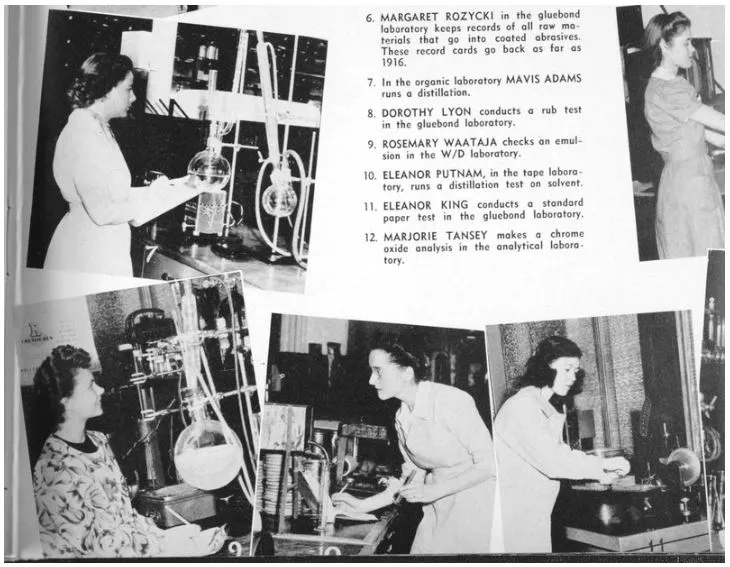1886- 1889: Duluth and the Knights of Labor
1886: Printers in Duluth organize, followed within a few months by the Cigar Makers.
1886: The Knights of Labor, the Northern Alliance, The Grange and the trades assemblies hold a joint convention in St. Paul. The convention calls for creation of a Bureau of Labor Statistics, arbitration of disputes, no child labor in factories or mines and no convict labor contracts.
1886: The Haymarket Protest in Chicago marks the beginning of the decline of the Knights of Labor. On May 1, some 80,000 workers, many of them immigrants, march in a parade to demand an eight-hour day. At a rally May 4, someone throws a bomb into the crowd, killing a number of people. Eight organizers of the Haymarket gathering are put on trial, convicted without evidence and four are executed. Although the Haymarket Massacre, as it also is called, leads to the demise of the Knights of Labor, it also sparks an international movement for worker rights. Today, May 1 (May Day) is marked as International Workers Day in many countries.
1886: The American Federation of Labor, which would become the dominant labor federation, replacing the Knights of Labor, is established in Columbus, Ohio.
1887: The opening of a Pinkerton Detective Agency in St. Paul arouses strong protests from the St. Paul Trades & Labor Assembly. The governor and mayors of both Twin Cities declare themselves opposed to the use of Pinkerton men, who often are used to spy on workers and break strikes.
1887: The Minnesota Legislature prohibits some convict labor, although convict labor is not completely prohibited until 1913. The Legislature also establishes a rule that railroad companies are liable for injuries to their employees, the first move toward workers’ compensation laws.
1887: Thirteen tradesmen form The Brotherhood of Painters and Decorators of America in Baltimore, MD, and within a year, the union grows to more than 7,000 members in over 100 locals.
1888: Organizer Louis Nash calls a mass meeting of retail clerks in St. Paul. Three hundred people, half of them women, turn out to protest the 16-hour day and six-day week. They donate 25 cents each toward handbills, hall rent and the cost of an application for a union charter.
1888: Some 260 female employees walk out at the clothing factory of Shotwell, Clerihew & Lothman in Minneapolis. Dubbed “the striking maidens,” they are members of the Knights of Labor. The strike fails, but the company does not win, either. A community boycott leads to its eventual closure.
1888: Labor organizer and reformer Eva McDonald Valesh (a.k.a. Eva Gay) writes a series of articles for the St. Paul Daily Globe, revealing the intolerable and unsafe conditions endured by female factory workers.
1889: In the first major transit strike in the Twin Cities, nearly 1,500 street railway employees in the Twin Cities stop work. Despite public support, the walkout fails and many strikers are blacklisted.
1889: With support from the local Knights of Labor, immigrant laborers working on Duluth streets and sewers strike when contractors renege on their pay agreement. When the mayor calls out the police, violence ensues and three people are killed.

